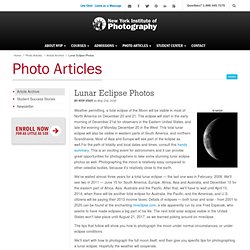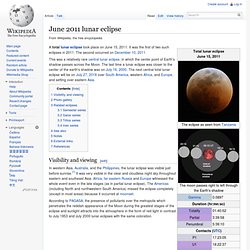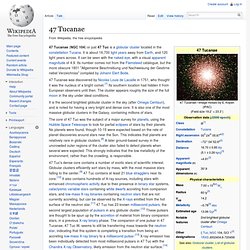

Every Black Hole Contains Another Universe? According to a mind-bending new theory, a black hole is actually a tunnel between universes—a type of wormhole.

The matter the black hole attracts doesn't collapse into a single point, as has been predicted, but rather gushes out a "white hole" at the other end of the black one, the theory goes. (Related: "New Proof Unknown 'Structures' Tug at Our Universe. " ) In a recent paper published in the journal Indiana University physicist Nikodem Poplawski presents new mathematical models of the spiraling motion of matter falling into a black hole. His equations suggest such wormholes are viable alternatives to the "space-time singularities" that Albert Einstein predicted to be at the centers of black holes.
According to Einstein's equations for general relativity, singularities are created whenever matter in a given region gets too dense, as would happen at the ultradense heart of a black hole. If Poplawski is correct, they may no longer have to. (Related: "Dark Energy's Demise? Southern Sky Watch 2010. Eta Carinae. Observational history[edit] When Eta Carinae was first catalogued in 1677 by Edmond Halley, it was of the 4th magnitude, but by 1730, observers noticed it had brightened considerably and was, at that point, one of the brightest stars in Carina.

In the middle of the 18th century, Nicolas Louis de Lacaille mapped and gave the stars of Argo Navis Bayer designations. He assigned the then second-magnitude star the Greek letter Eta. Subsequently Eta Carinae dimmed, and by 1782 it appeared to have reverted to its former magnitude. In 1820, it was observed to be growing in brightness again. Eta Carinae sometimes has large outbursts, the last of which appeared in 1841, at around the time of its maximum brightness. In 2011, light echoes from the 19th century Great Eruption of Eta Carinae were detected using the U.S. System and properties[edit] This stellar system is currently one of the most massive that can be studied in great detail. Surroundings[edit] X-ray source[edit] Future prospects[edit] Perth Moon Phases, WA 6000 - WillyWeather.
Lunar Eclipse Photos. Weather permitting, a total eclipse of the Moon will be visible in most of North America on December 20 and 21.

The eclipse will start in the early morning of December 21st for observers in the Eastern United States, and late the evening of Monday December 20 in the West. This total lunar eclipse will also be visible in western parts of South America, and northern Scandinavia. Most of Asia and Europe will see part of the eclipse as well.For the path of totality and local dates and times, consult this handy summary. This is an exciting event for astronomers and it can provide great opportunities for photographers to take some stunning lunar eclipse photos as well.
Photographing the moon is relatively easy compared to other celestial bodies, because it's relatively close to the earth. We've waited almost three years for a total lunar eclipse — the last one was in February, 2008. December 2011 lunar eclipse. A total lunar eclipse took place on December 10, 2011.

It was the second of two total lunar eclipses in 2011, the first having occurred on June 15. A lunar eclipse occurs when the moon is positioned just right in its orbit to pass through Earth's shadow. Visibility[edit] Asia, Australia, and other areas of the Pacific had the best visibility. European countries only saw a partial eclipse of a rising moon, while northwestern North America saw a partial eclipse of a setting moon. The eclipse was seen over the Philippines despite cloudy and rainy weather over parts of Luzon and other areas.
South America and portions of West Africa missed the eclipse completely as it happened in the early morning. Gallery[edit] Asia Australia and Oceania Europe and Middle East End of Lunar Eclipse from Holland, 12 images merged North America Contact timing by location[edit] Times for Australia[edit] The eclipse occurred on Saturday evening in Australia. Times for India[edit] Times for North America[edit] June 2011 lunar eclipse. A total lunar eclipse took place on June 15, 2011.

It was the first of two such eclipses in 2011. The second occurred on December 10, 2011. 47 Tucanae. 47 Tucanae (NGC 104) or just 47 Tuc is a globular cluster located in the constellation Tucana.

It is about 16,700 light years away from Earth, and 120 light years across. It can be seen with the naked eye, with a visual apparent magnitude of 4.9. Its number comes not from the Flamsteed catalogue, but the more obscure 1801 "Allgemeine Beschreibung und Nachweisung der Gestirne nebst Verzeichniss" compiled by Johann Elert Bode. 47 Tucanae was discovered by Nicolas Louis de Lacaille in 1751, who thought it was the nucleus of a bright comet.[7] Its southern location had hidden it from European observers until then. Picture Album: Globular Cluster 47 Tucanae, Home to 35,000 Stars. ASTRONOMICAL OBJECTS FOR A PUBLIC VIEWING SESSION.